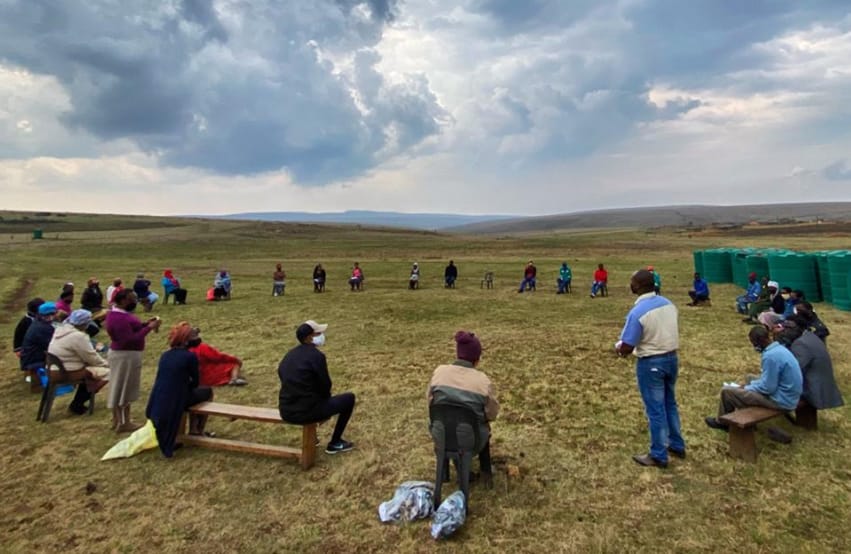Engagement with Local Community Members
The basic purpose of engaging with the local community members was to identify the challenges faced by them and the feasible solution to overcome them. Moreover, this engagement facilitated in making the intervention/solution a local asset and encouraged community to take ownership of the solution. This is pivotal for the sustainability of the project and to create awareness among the community.
For making this building block a success, it is important to take on board the community since the inception of the project. This helps in building local partnerships for giving a social uplift to the solution. Some of the conditions that play a significant role in enhancing the efficiency of this building block include;
1.Focus Group discussions with the community
2.Seeking consents from the community for installing the solution
3.Training and awareness sessions
4.Door- to- door Campaigns
5.Developing Community based Groups
Some of the lessons learnt during the process of implementing this building block are enlisted below;
1. Community engagement in benefit sharing, transparency and awareness creation were vital for the success of this project.
2. It was with this engagement that the community's willingness to install a Floating Treatment Wetland for improving the condition of wastewater pond were inferred.
3. The community felt that there are local home grown solutions to be adopted for the wastewater treatment instead of high tech solutions.
